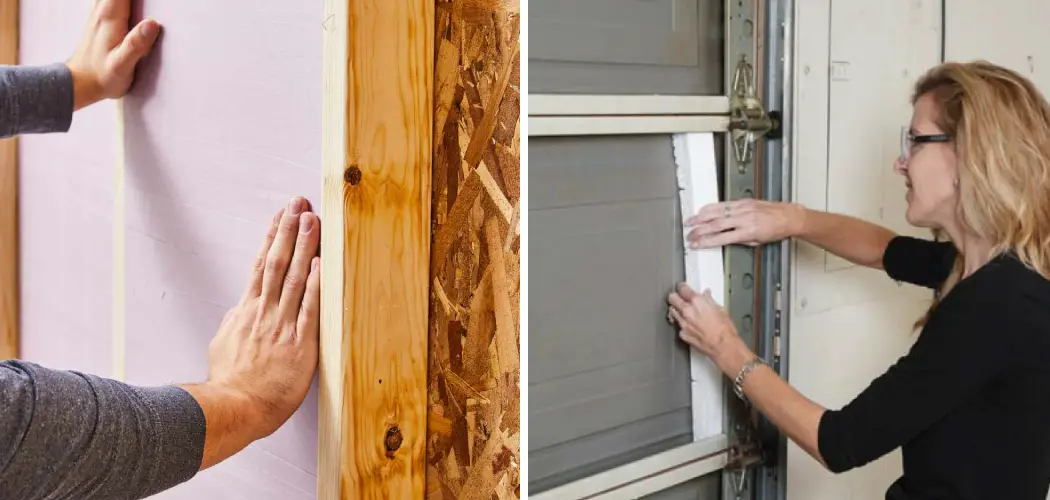Insulating your wooden garage door offers a number of benefits that can improve the functionality and comfort of your garage. Insulating your wooden garage door can help regulate the temperature inside your garage, keeping it cooler in the summer and warmer in the winter. This can reduce energy consumption and lower your utility bills.
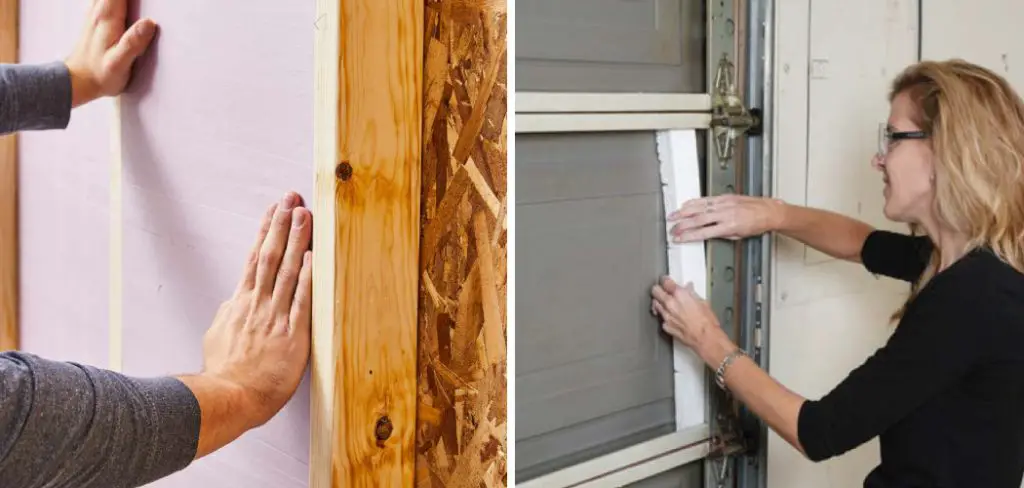
The main advantage of insulating a wooden garage door is that it helps to maintain the temperature inside the garage. This not only makes the space more comfortable but also helps to reduce energy costs by preventing heat loss in the winter and keeping cool air in during the summer. In this blog post, You will learn in detail how to insulate a wooden garage door.
Tools You Will Need
- Screwdriver
- Hammer
- Pliers
- Level
- Wrench
- Drill
- Tape Measure
- Utility Knife
- Power Saw
- Safety Glasses
Step-by-step Instructions for How to Insulate a Wooden Garage Door
Step 1: Inspect the Door
Start by inspecting your wooden garage door thoroughly. Check for any cracks or holes that may let in cold air, as this can defeat the purpose of insulating your door. Also, check the condition of the weatherstripping at the bottom of your door to ensure it is still effective.
Step 2: Measure and Cut Insulation Panels
Measure the length and width of your garage door panels using a tape measure. Purchase insulation panels that are slightly larger than your measurements to ensure proper coverage. Use a sharp utility knife or scissors to cut the panels to fit each panel of your garage door.
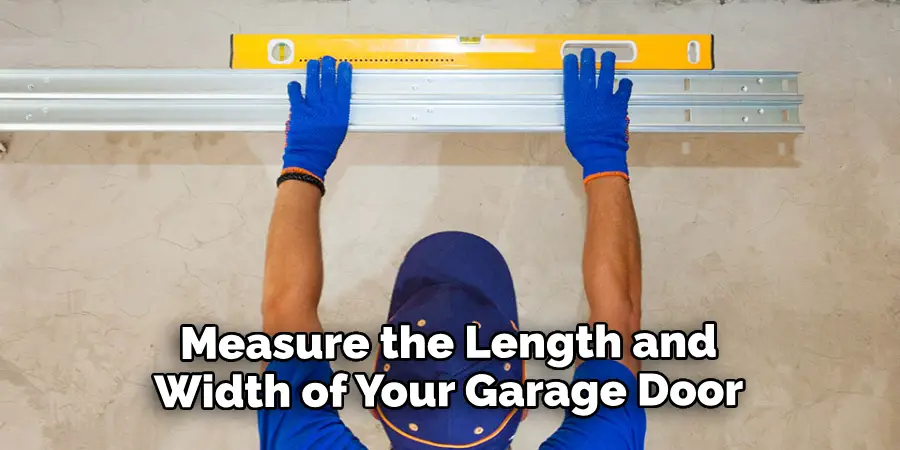
Step 3: Clean the Door
Before installing the insulation, make sure to clean the wooden garage door thoroughly with soap and water. This will remove any dirt or debris that may prevent the panels from sticking properly. Using strong adhesive, apply the insulation panels to each individual panel of your garage door. Make sure to smooth out any air bubbles and press down firmly to ensure proper adhesion.
Step 4: Cover with Reflective Foil
Once the insulation panels are firmly attached, cover them with reflective foil. This will help to deflect heat and keep your garage warmer in the winter. Cut the foil to fit each panel and use a staple gun or strong adhesive to secure it in place.
Step 5: Insulate the Top Panel
Using the same method as before, install an insulation panel on the top panel of your wooden garage door. This will help to further insulate the door and prevent cold air from seeping in through the top. Replace any worn or damaged weatherstripping at the bottom of your garage door with new, high-quality weatherstripping. This will help to seal out drafts and keep your garage warmer.
Step 6: Add a Door Sweep
For extra insulation, consider adding a door sweep to the bottom of your garage door. This will create a tight seal between the door and the ground, preventing cold air from entering. Using caulk or expanding foam, seal any cracks or holes around your garage door. These small gaps can let in a significant amount of cold air, so it’s important to fill them in for maximum insulation.
Step 7: Maintain Regularly
To ensure that your garage door remains properly insulated, perform regular maintenance checks and replace any damaged or worn-out insulation panels. This will help to keep your garage warm and energy efficient throughout the year.
By following these step-by-step instructions, you can effectively insulate your wooden garage door and keep your garage warmer in the winter. With the right tools and a little bit of effort, you can save money on energy costs and make your garage more comfortable year-round.
Tips for How to Insulate a Wooden Garage Door
- Start by gathering all necessary materials and tools before beginning the insulation process.
- Wear appropriate safety gear including gloves, goggles, and a mask to protect yourself from dust and debris.
- Before insulating the garage door, make sure it is completely clean and free of any dust or debris.
- Use proper insulation techniques such as cutting the material to fit snugly and avoiding any gaps or spaces.
- Secure the insulation material with strong adhesive or by stapling it to the door.
- If using fiberglass insulation, make sure to wear a long-sleeved shirt and pants to avoid skin irritation.
- After insulating the garage door, seal any remaining gaps or cracks with caulk to prevent air leaks.

Can You Insulate the Garage Door Yourself or Should You Hire a Professional?
Insulating a garage door can be a relatively simple task, but it requires proper knowledge and techniques to ensure it is done correctly. If you are not confident in your ability to insulate the garage door yourself, it is best to hire a professional. A professional will have the necessary tools and experience to properly insulate your wooden garage door.
They will also know which types of insulation materials will work best for your specific door and climate. Additionally, hiring a professional can save you time and effort, as they will be able to complete the task efficiently. However, if you are comfortable with DIY projects and have experience with home improvement tasks, insulating the garage door yourself can save you money. Just make sure to carefully follow safety precautions and techniques to ensure a successful insulation process.
Are There Any Additional Maintenance or Care Steps You Should Take After Insulating Your Wooden Garage Door?
One important aspect to consider after insulating your wooden garage door is proper maintenance and care. This will help ensure that your insulation lasts for a long time and that your garage door stays in good condition. First, it is important to regularly clean your garage door, including the insulated areas. This will prevent any buildup of dirt or debris which can cause damage over time. You can use a mild detergent and water to clean your door, avoiding any harsh chemicals that may damage the insulation.
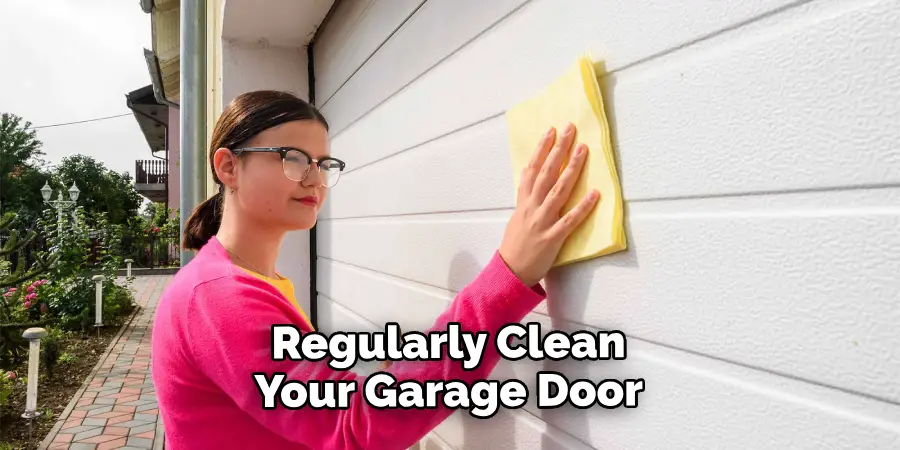
Additionally, it is recommended to regularly check for any signs of wear or damage on the insulation itself. This includes checking for gaps or tears in the material, as well as making sure it is properly attached to the door. If you notice any issues, it is important to address them as soon as possible to prevent further damage. In some cases, it may also be beneficial to add a protective coating over the insulation.
This can help protect it from any potential moisture or humidity that may seep through and cause damage. Consult with a professional for recommendations on the best type of coating for your specific garage door and environment.
What Are the Potential Benefits of Insulating a Wooden Garage Door, Aside From Energy Efficiency?
While the primary reason for insulating a wooden garage door may be to improve energy efficiency, there are also other potential benefits that come with this upgrade. One major benefit is increased noise reduction. The added layers of insulation can help muffle any loud noises coming from outside or inside the garage, making it a quieter and more peaceful space.
Insulation can also act as an extra barrier against the elements, helping to keep your garage and its contents at a more stable temperature. This can be especially beneficial for those living in extreme climates where temperatures can fluctuate greatly throughout the year. Additionally, insulating your wooden garage door can also offer added protection against potential dings or dents that may occur from everyday use.
Are There Any Specific Techniques or Methods for Insulating a Wooden Garage Door to Ensure Maximum Efficiency?
Wooden garage doors are a popular choice for many homeowners due to their aesthetic appeal and durability. However, they are not the most energy-efficient option and can lead to higher heating and cooling costs. This is especially true in colder climates where heat loss through the garage door can account for up to 30% of total heat loss in a home. To combat this issue, there are various techniques and methods that can be used to insulate a wooden garage door and improve its energy efficiency. These include:
1. Adding Insulation Panels
One of the most effective ways to insulate a wooden garage door is by adding insulation panels. These panels are specifically designed to fit into the frame of the garage door, providing an additional layer of insulation. They come in various materials such as polystyrene, polyurethane, and reflective foil.
2. Installing Weather Stripping
Another important aspect of insulation is preventing air leakage. Weather stripping can be applied along the edges of the garage door to seal any gaps and cracks that may allow air to pass through. This helps in maintaining a consistent temperature inside the garage and also prevents drafts.
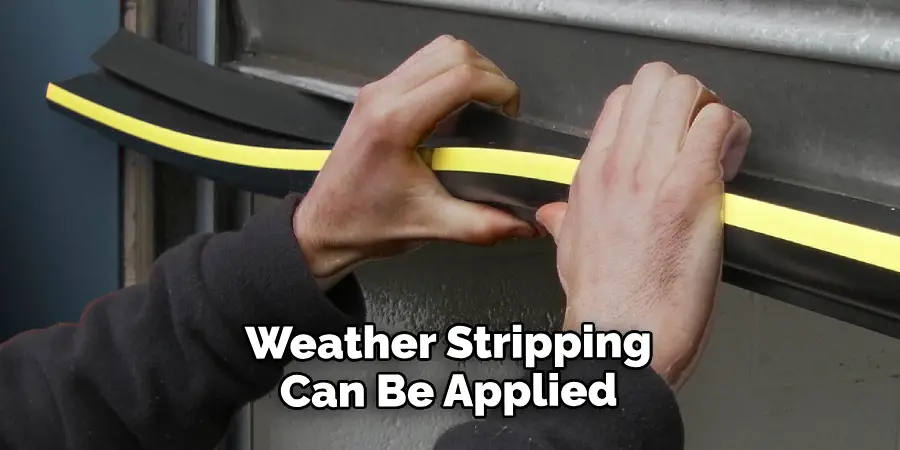
3. Using garage door insulation kits
These kits are readily available in the market and are an easy DIY solution for insulating a wooden garage door. They usually include insulation panels, weather stripping, and adhesive tape for installation.
4. Choosing the right material
When installing a new wooden garage door or replacing an existing one, it is important to choose the right type of wood that offers good insulation properties. For example, cedar wood is known for its natural insulation qualities and can help in reducing heat loss.
5. Adding a layer of foam board
In addition to using insulation panels, another layer of insulation can be added by installing foam boards on the inside of the garage door. These boards are lightweight, easy to install, and provide excellent thermal insulation.
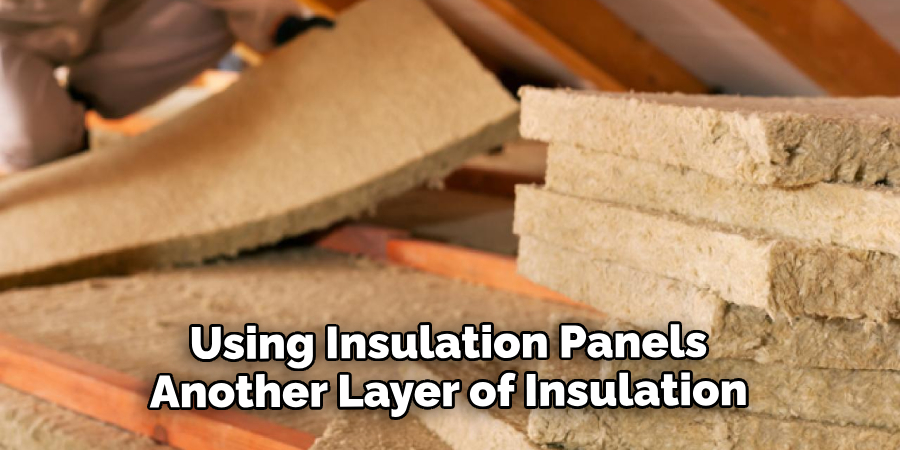
6. Considering professional installation
While there are various DIY solutions available for insulating a wooden garage door, it is always recommended to seek professional help. A trained technician can assess your specific needs and install the most suitable insulation method for maximum efficiency.
By using any of these techniques or methods, homeowners can ensure that their garage remains comfortable and energy-efficient all year round. Remember to regularly check and maintain the insulation to ensure it continues to perform at its best.
Conclusion
In conclusion, insulating your wooden garage door can be one of the best investments you make for your home. Not only does it help regulate temperature and reduce energy costs, but it also adds an extra layer of protection to your garage and belongings.
There are a few key steps to keep in mind when insulating your wooden garage door. First, measure the door accurately and choose the right type of insulation for your specific door. Next, clean and prepare the door surface before installing the insulation to ensure maximum effectiveness. I hope this article has been beneficial for learning how to insulate a wooden garage door. Make Sure the precautionary measures are followed chronologically.
About
Angela is the chief editor of Indoorense. She began her career as an interior designer before applying her strategic and creative passion to lifestyle and home.
She has close to 15 years of experience in creative writing and online content strategy for housekeeping and cleaning,home decorations as well as other efforts.
She loves her job and has the privilege of working with an extraordinary team. She lives with her husband, two sons, and daughter in Petersburg. When she’s not busy working she spent time with her family.

